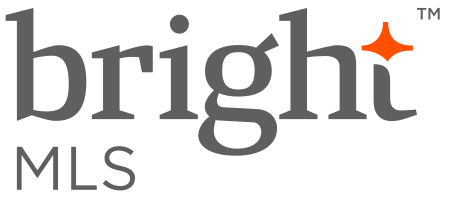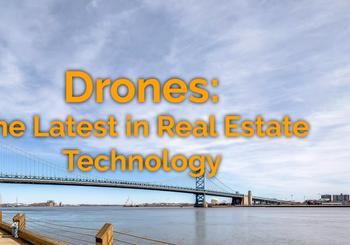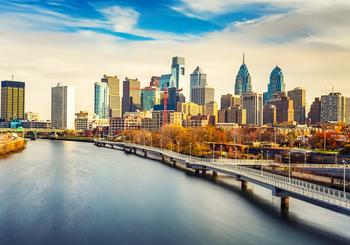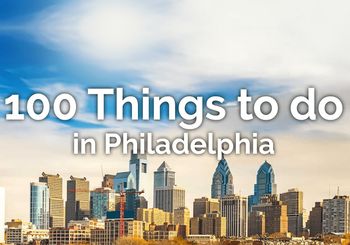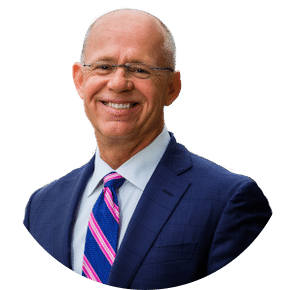About West Philadelphia
Frequently referred to as simply West Philly, West Philadelphia is characterized by row houses. Typically defined as the area stretching from the western shore of the Schuylkill River, the SEPTA Media/Elwyn Line to the south, City Avenue to the northwest and Cobbs Creek to the southwest, the region was once primarily home to a large number of European immigrants and their descendants. Today, the region is racially diverse with a mixture of different cultures, races and ethnicities.
While most of the houses in West Philadelphia are row houses, the region also boasts semi-attached and detached houses. Some of the homes date back to 1850 when the earliest developments began, while most homes were built prior to 1930. Most of the development of the area was fueled by the development of the horsecar and, later, by the electrified streetcar.
In its early development years, the region was particularly attractive to upper and middle class residents who were interested in moving away from the crowded city center. As such, early developers of the area sought to increase their profits by reducing lot sizes and building more compact, less ornate homes in the region. As early as 1852, sections of the land were divided into block lots and sold under the condition that “substantial stone or brick buildings” be constructed. This led to the construction of mostly three-story Italianate buildings. Other developments focused primarily on the construction of Queen Anne row houses. Garages were not added to most houses in the region until after World War I. Tudor and Spanish Revival houses also became more common during this time.
West Philadelphia is served by West Philadelphia High School, which is one of the largest and most diverse schools in the state. Other schools serving the area include University City High School, William L. Sayre High School, Robert E. Lamberton High School, Overbrook High School and William Shoemaker Middle School. Several private schools and universities, such as University of Pennsylvanian and Drexel University, are also located in the region.
Read More ▾The Commute
Travel Methods
To City CenterAvailable Properties
View all ⇢West Philadelphia Sales Data
Percentage change from latest quarter vs same time period previous year
Data compiled using 4th quarter 2023 data vs. same period from 2022
Median Sales Price
MEDIAN SALES PRICE

Demographics
- Filter by:
- Population
- Income
- Education
- Market Rents
Population by Age Level. Median Age 33.26. Households: 86,540.
In Thousand of Dollars. (Median Income: $41,447)
Population by Education Level
Fair Market Rents
West Philadelphia News
Buying & Selling: A Spotlight on Philly’s Hottest Real Estate Markets & Trends
100 Things to do in Philadelphia
Where To Drink, Dine, Shop, Relax & Recline


